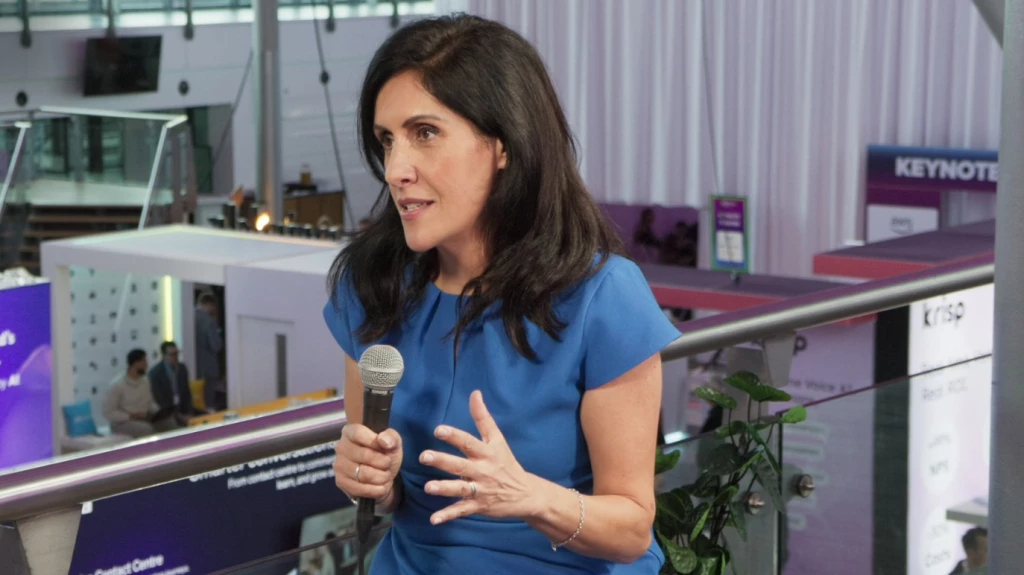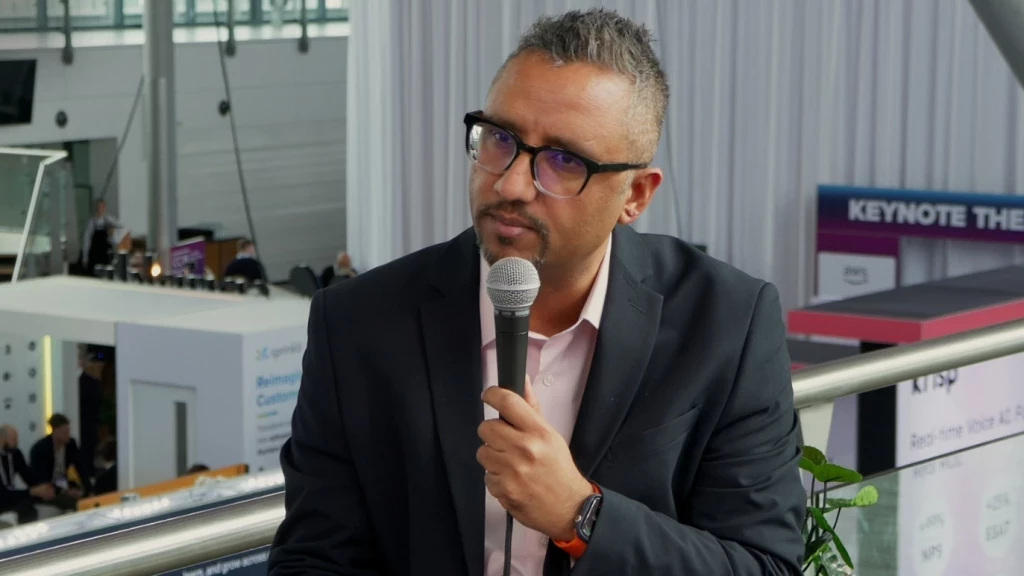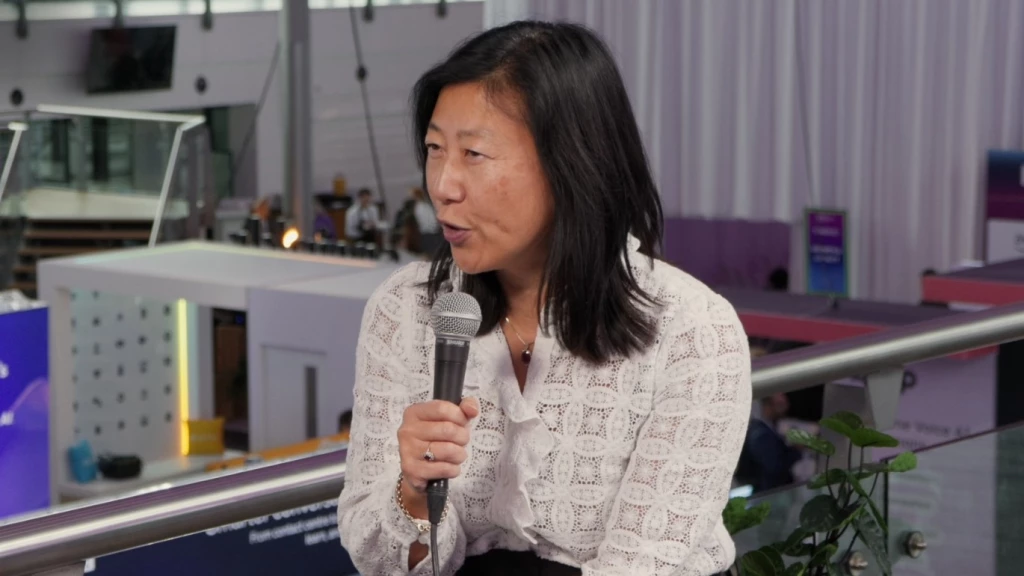The Ins and Outs of Outsourcing Customer Care
Add bookmark
The outsourcing landscape in customer care is evolving. Fast.
Rewinding just a few years, companies typically viewed outsourcing as nothing more than a mere money-saving measure – a strategy to get more agents in the contact centre at a cheaper cost. Today, though, outsourcing has become a key driver for growth and business resilience. BPOs have diversified and specialised – they now have access to top talent, and they harbour deep technology and transformation expertise on the channels (both digital and traditional) that consumers are using to connect and engage with their favourite brands.
Indeed, research shows that around 60% of enterprises across the major markets in Western Europe and North America are partnering with outsourcing providers to help them manage some aspect of their customer experience. This investment in outsourcing is a trend that is showing no signs of slowing down as businesses look to optimise their service delivery, but it does, of course, come with a whole host of dilemmas and challenges. To unpack some of those, we speak with Jon Blake, the Global BPO Footprint Strategy and Emerging Solutions Lead at Uber. He takes a deep dive into the best ways to approach the concept of outsourcing, how to identify the right balance between in-house and outsourced teams, how to ensure consistency of service, and much more.
Simon Hall: Jon. Let’s start with your title: Global BPO Footprint Strategy and Emerging Solutions Lead at Uber. There’s so much to unpack there. Can you give us a sense of what your role entails?
Jon Blake: My role right now is an evolution of my 15+ year career in the customer contact world that has given me deep insight and experience into how the BPO world has evolved to the changing needs of customers and business.
It’s my job to understand the global BPO landscape – to understand what’s going on in the market. When we think about acquisitions, when we think about different types of growth, when we think about new regions, when we think about where we could deliver support (or where we're not doing so now) – I collect and collate information to build a long-term strategy that will serve our current and future needs.
Within that, tactical planning plays a huge part alongside managing RFPs and analysing how we think about positioning our support in the coming years. That could be related to technology, that could be related to people, that could be related to locations – it's about staying informed around what is either upcoming, or emerging, or evolving from an early lifecycle to determine whether there are opportunities open to us.
SH: The crux of what we're talking about here is the in-house versus outsourcing debate and the blends that you can create between the two. If we can start at the very beginning, how can you determine whether or not outsourcing is the right choice for your business?
JB: I don't think there's one answer to that. It depends on several different things.
Within my career, I've worked for different companies that have made decisions based on varying criteria or varying business strategies. It all comes back to the business needs: What is most important to the business and how can your strategy meet these needs. Everything that's in-house at the moment is in your books. Everything is a fixed cost to the business. To establish whether outsourcing is a route to go down, the first piece of the puzzle is understanding how it will tie into the business. Some companies don’t want to, or need to, because of X, because of Y, because of Z. If the strategy dictates that some elements of customer care can be driven outside the company’s walls, that's step one. Then you must consider what you’re supporting and what kind of complexity sits within your support network. For instance, are there regulatory policies you need to be aware of? There are numerous elements that factor into deciding to outsource or not. It's a massive question.
If you have a strategy that will include outsourcing, you need to be clear on the longer term strategy and risk management. Is it better to start onshore or nearshore first to learn and then diversify into offshore? Many companies take this approach, but ultimately your strategy should be based on the business needs in order to determine your best approach.
SH: And following on from that, what are some of the biggest myths and misconceptions about the concept of outsourcing customer service?
JB: I don't know if it's a myth, it's more a changing landscape in terms of what BPOs can do.
There’s a common falsehood that outsourcing is basically a mirror of your current set up – you just outsource what you're doing to another company. That's not true anymore. There’s been an evolution. Of course, you can just take your contact centre estate and outsource it, but it's much more nuanced today. It's about the value-add that outsourcing offers.
BPO companies have invested a great deal in different services and often specialise in different areas – think about analytics, think about insight management, think about technology. There will be times when they can do what you can't. A lot of companies don't have the luxury of being able to invest in research and development departments, they don't have strategy and planning expertise, they don't have access to the best technology. What they can do in that case, then, is outsource and lean on BPOs to essentially augment their service and create another level.
And so back to the question: that's the misconception people still have – that it's high-volume churn work, but in reality, it’s a higher-complexity service-add.
"There’s a common falsehood that outsourcing is basically a mirror of your current set up – you just outsource what you're doing to another company. That's not true anymore."
SH: So, let’s dive into the weeds for a moment. In a metaphorical scenario, with a blank canvas, how should businesses go about starting their outsourcing journey? Can you walk us through what a typical roadmap might look like and what are some of the milestones to hit along the way?
JB: It’s a long process and there are no shortcuts.
First, it's about sitting down, understanding the business, understanding the needs. It’s critical to have a long-term strategy and ensure everything is clear around what that looks like. You also need to take into account that strategy is ever-changing – it should be reviewed every six months, every 12 months, or whatever cadence you put it in. It’s important to keep that at the forefront of your thinking as you work through the process.
Once that’s defined, you can begin looking at different models. Is it onshore? Is it offshore? Is it nearshore? Is it fully managed? Do you want the BPO to do vendor management? Workforce management (WFM)? Do you want to keep vendor management and WFM and simply have the BPO deliver? Is it a managed service you're after? All these questions come into it. It always goes back to what the business wants and how outsourcing models tie into it.
In terms of milestones as you build out – those might be connected to new business or expanding business. For year one or two, perhaps there’s high investment. And then in year three, the assumption would be you've hit a level of sales, or revenue, so therefore you need to pull costs back. In other words, you go from mega growth to stabilisation. There must also be moments in your timeline that reflect that transition. And those moments, those milestones, will determine how you think about your outsourcing operation – where you're located, how you're located, etc. They're the two big things.
The third component to understand within all that – before anything gets anywhere – is budget. Stuff costs money and there's a huge variance of cost. You go onshore US or onshore UK and compare that to an offshore location that does high-quality English support – the cost difference is enormous.
So: it's business strategy, budget, decision.
That’s part one.
Part two is actually starting the journey.
Now you need to think about the RFP process. Your RFP must be crystal clear around what you need. You need to think about the operational elements – what you know, but also what you might not know. You need to think about the different models you want to explore. You need to think about all those pieces and get a process in place that works toward the end goal. It's important that you spend time on the RFP because everything should be priced up within it. You don’t want to be tripped up in three or four or five months because you didn’t consider an essential line item.
Then it’s all about research. Who are you going to talk to? Is it an enormous global player you want? (This is also back to your strategy.) Is it a niche play? Is it somewhere in between? Are you looking for somewhere that offers work from home? Do your research on which companies you want to connect with and don't be worried about reaching out to a bunch of them, providing you can cut them down. After that, you need to shape your criteria of choice – you need to be able to shortlist.
I’ll reiterate that you must take care when designing the RFP process because when you're launching outsourcing for the first time, it becomes the foundation of the next three years. Companies often overlook this. I've come across scenarios before in which RFPs don’t really say anything of meaning. Get specific. Get granular. Otherwise, it's not going to provide what you need. If you're not sure – if you've never written an RFP before, look at your network. Contact people. Solicit advice. Use resources around you. And, of course, there are outsourcing consultancy companies that can help with RFPs (for a few pounds!).
That’s my biggest message: if you're not sure, or you feel you need help, make sure you get it, because this is the basis for success moving forward. You don't want to do an RFP again in 12 months because your original one didn't work.
"Your RFP must be crystal clear around what you need. You need to think about the operational elements – what you know, but also what you might not know."
SH: What are some tips and best practices around creating the right blend between in-house and outsourced operations?
JB: First and foremost, it’s important to highlight that in-house and outsourced teams don’t necessarily have to work in unison.
Indeed, you can adopt a model that utilises a BPO outsourcer to cover certain gaps – like peak hours or unsocial hours – because your in-house workforce doesn’t have the capacity to run the whole enterprise: that's in unison. You may have another dynamic whereby you don't want 100 full-time employees (FTEs) on your books in the call centre, but you still want to retain a degree of control – so you employ a mirrored operation: that's in unison.
You don't have to have that, though. For example, you could have a hybrid model under which the in-house team takes care of the more complex, or regulatory, pieces and the BPO does the rest. Alternatively, there may be certain business aspects you don't want to put into the BPO and therefore you use your in-house team to incubate what’s new. Whether there’s a new product, or there's a new service, or there's a new process to think about – you can employ the internal folks to operationalise it, get it 90% right in terms of how it works for the business, and then push it to the outsource provider and start again with something new in-house.
It’s not a binary choice. It comes back to the original customer care strategy.
SH: I’ve heard you talk previously about how in-house teams could act like an “incubation lab”, whereby they create new policies, processes, and products, perfect them, and then hand them over to the BPO. Can you take a deep dive into that concept for us?
JB: You can think of it in terms of letting the BPO outsourcer focus on its core operations. You want it to focus on giving your customers an amazing experience. Customer care is ever evolving, so how do you think about processes? How do you improve processes? What’s your next product?
Look at technology-driven companies – they’ll have a roadmap of product launches each year and they'll need to think about the processes surrounding each of them. They’ll need to think about creating them and getting them 90% customer ready. You can't have a BPO run the processes from scratch as there are business critical considerations involved, the knowledge of which you don’t want to share with third parties. So, you can do all that work, get it 90% done, and you can try it out. Once you’re happy with where you’re at, you can pass that over to a BPO. They can then use their expertise to tweak X and improve Y – and that's your final mile.
It can be very simple. It can be anything. If you want to enter sales, for instance, or you want to enter white glove service for a certain percentage of your customer population – that’s how you could think about it. You could think about your core service, but the conveyor belt concept relates more to the future: six months or a year away. Where are you going to get to? Because you can't suddenly say in 12 months you want to do white glove stuff tomorrow, because that doesn't work.
SH: And what about the employee experience aspect here? First, how do you build relationships between internal and external teams? And second, what tools or practices can businesses employ to really bring the outsourced team on the journey with them?
JB: To the first bit, that goes back to synergy.
You don’t necessarily need to create a relationship between the in-house and outsourced teams. It revolves around your business model. Sometimes the work being done by your BPO will be entirely different and possibly separate from what’s going on in-house – so does it make any sense?
You also need to think carefully about co-employment law. BPO agents are not employees of yours. Brands often want to engage directly with agents but then you’re walking into a grey area because you contract the BPO to provide a service – the agents have nothing to do with you. When you create relationships, you must consider the legal aspects of it and what co-employment is, or isn’t.
So again, I don't know whether it’s needed. Potentially, yes. If you think about certain aspects of the business: you might have Tier 3 positions internally, you might have QA positions internally – you might have certain positions in-house that are integral to the overall operation. And that is different to creating a relationship between in-house and outsourced. You're being much more specific and you're talking about roles and responsibilities. You're talking about how an in-house QA Manager oversees the overall quality of the BPO operation.
All that said, being efficient with your relationship management is key. Have scope. Have roles and responsibilities that create an environment that drives improvement. I would be targeted about how you think about relationship building with outsourcing rather than thinking about how to build a whole connected environment. It’s important to remember that you’re paying for a service – the BPO should be managing a lot of their own service anyway.
"You don’t necessarily need to create a relationship between the in-house and outsourced teams. It revolves around your business model."
SH: Final question for you, Jon: What comes next in the BPO space? How do you see it evolving?
JB: Starting with generative AI. There’s obviously a lot of talk around what’s possible. There are some super exciting developments around the summarisation of incident text, whereby an agent can get a concise overview of their conversation in a matter of seconds. I think that’s amazing. And it’s those elements that improve the agent experience, and therefore filter through to the experience of the customer, that are going to be the most valuable.
But in terms of what's next? That's a big question. I think the relationship between office and work from home in the next couple of years will continue to be tested – the landscape still hasn’t settled post-Covid. BPOs aren't necessarily sure about what they should be doing – there are a lot of empty call centres out there, which is sad to see, but companies are downsizing. The eventual outcome of this trend isn’t clear, and I think we’ll get more clarity over the next year or two.
There will also be a greater need for higher profile agents. With all the advancements in technology, customer care can, and likely will, become more and more complex. Understanding the profile of the contact centre agent of the future is important. BPOs will start to invest a lot more in this area because they see the innovations that are coming, and they need to master them and get on top of them. They’ll use their own technology and services to offer higher profile, white glove, support.
And then lastly, I believe that this movement toward more technology and less complex tickets in the contact centre will fuel a growth of smaller, perhaps regional, BPOs that are specialised in certain aspects of delivery – whether that's work from home, whether that’s gig work, whether that's sales, whether that's emerging locations for certain languages.
There’s definitely a sea change on the horizon.
For more critical insights from members of our community, check out all the other interviews in our View from the Boardroom series.
























